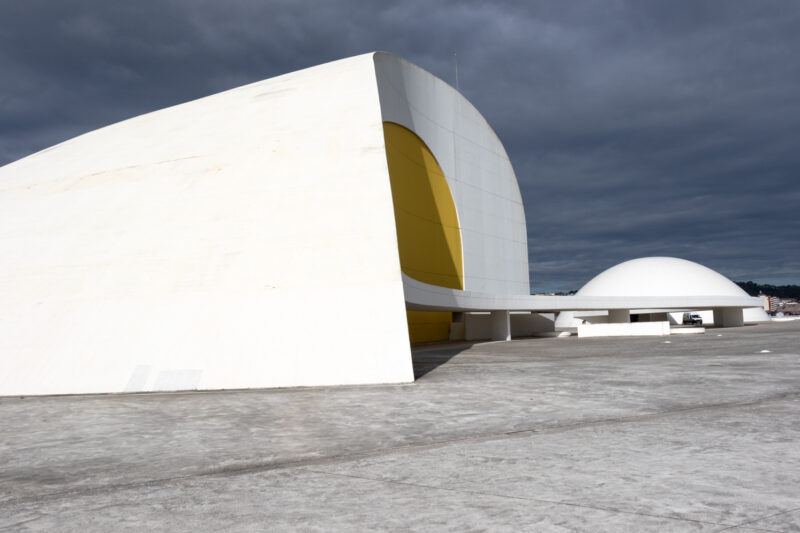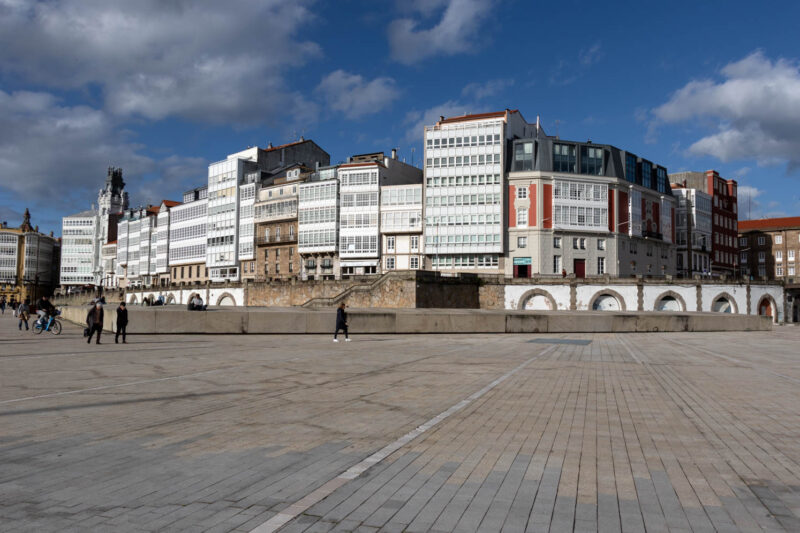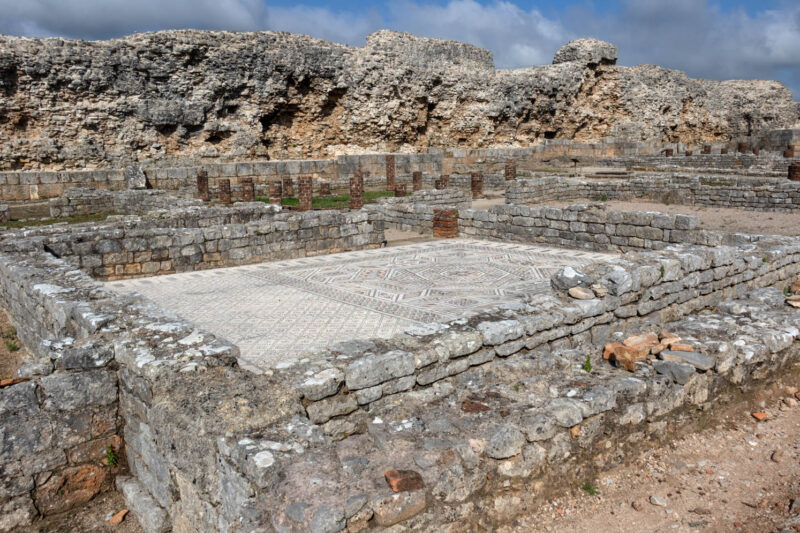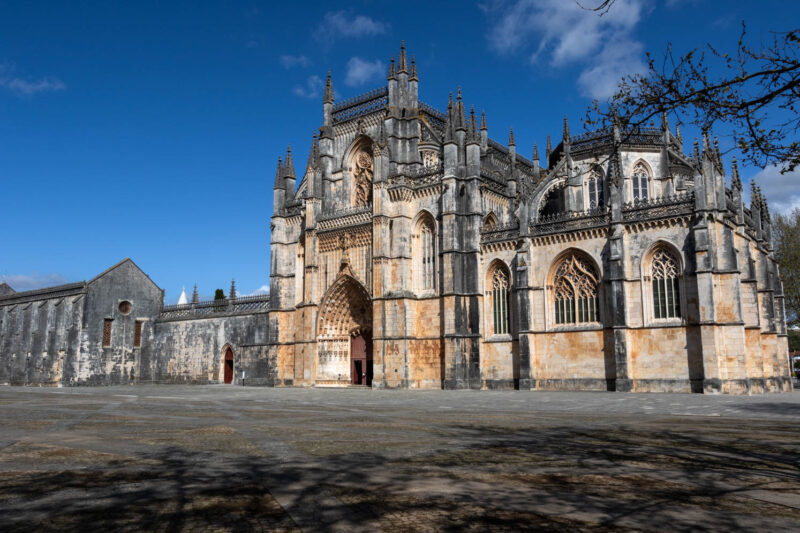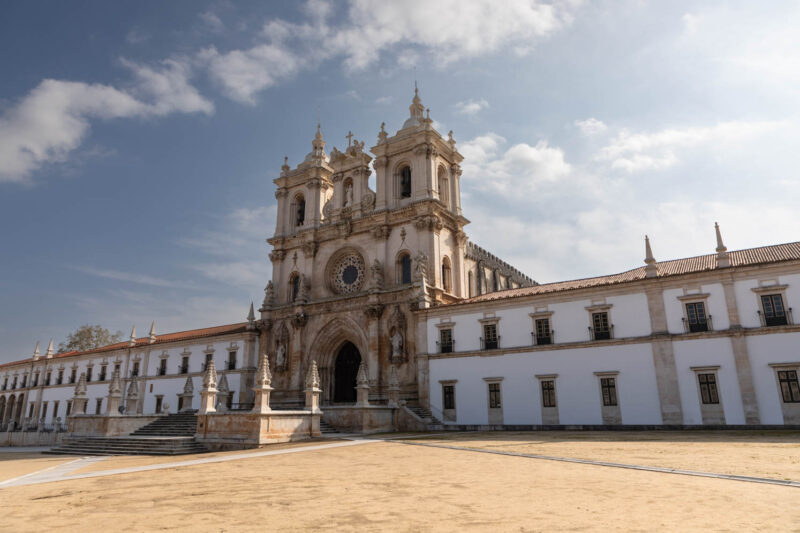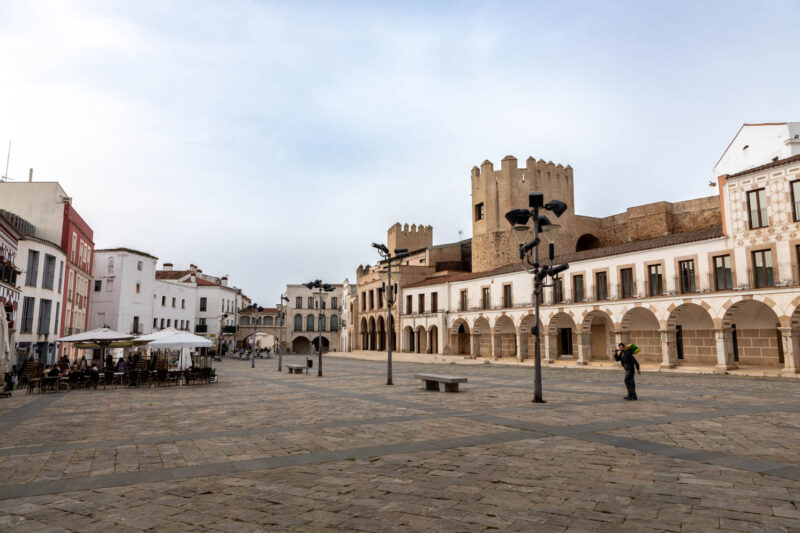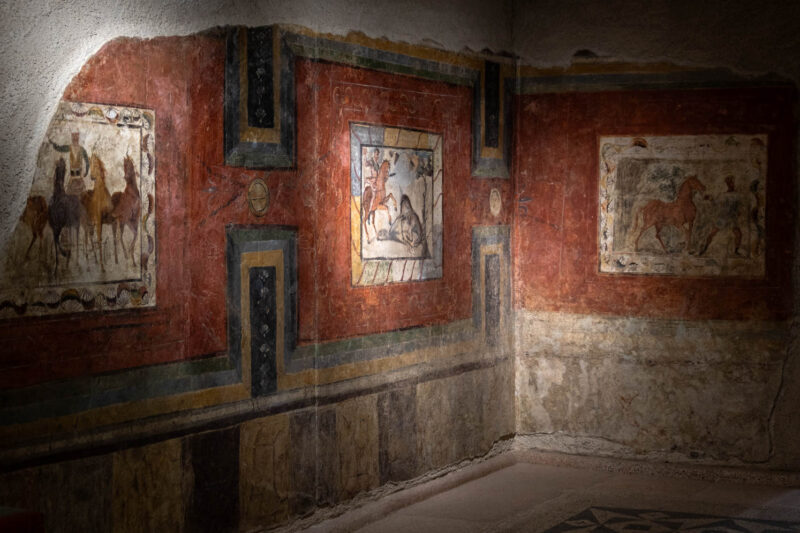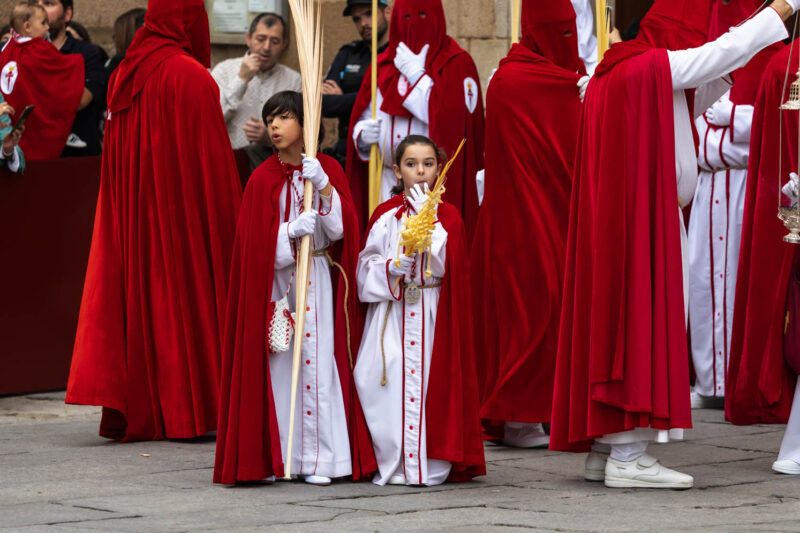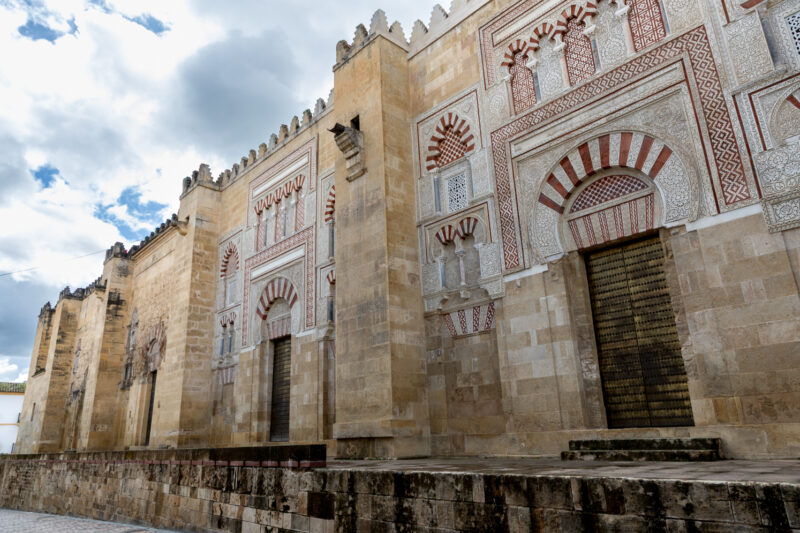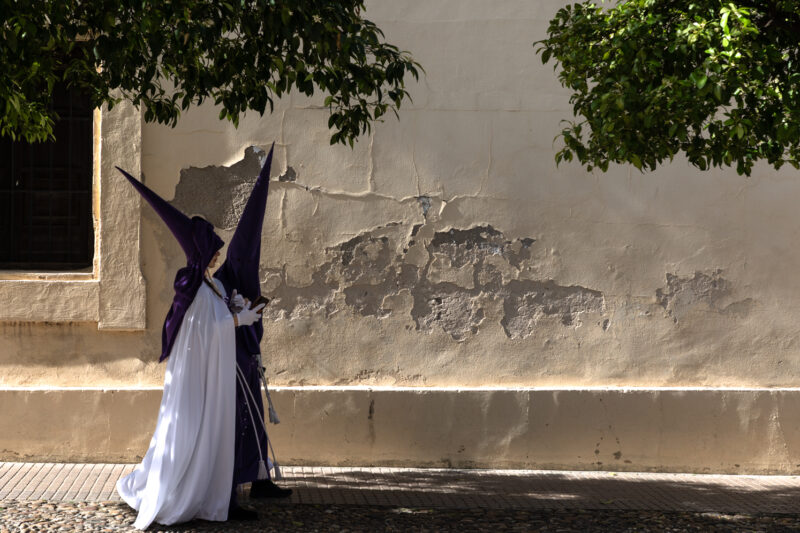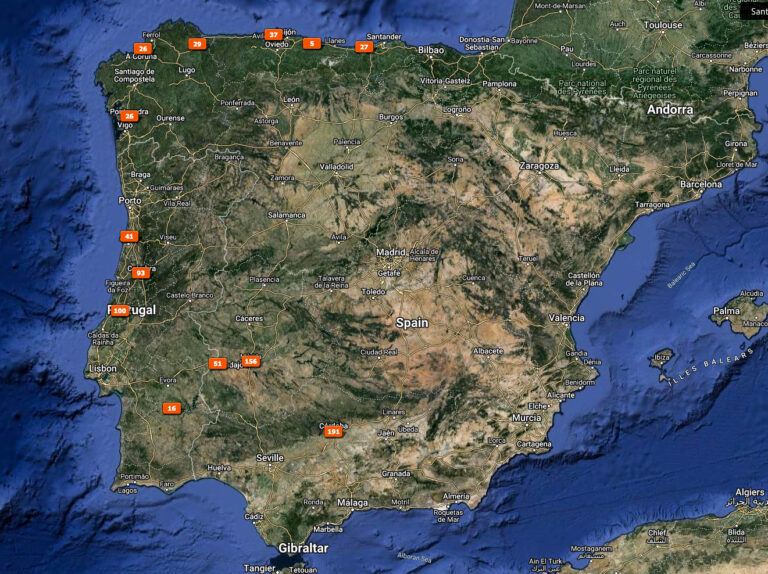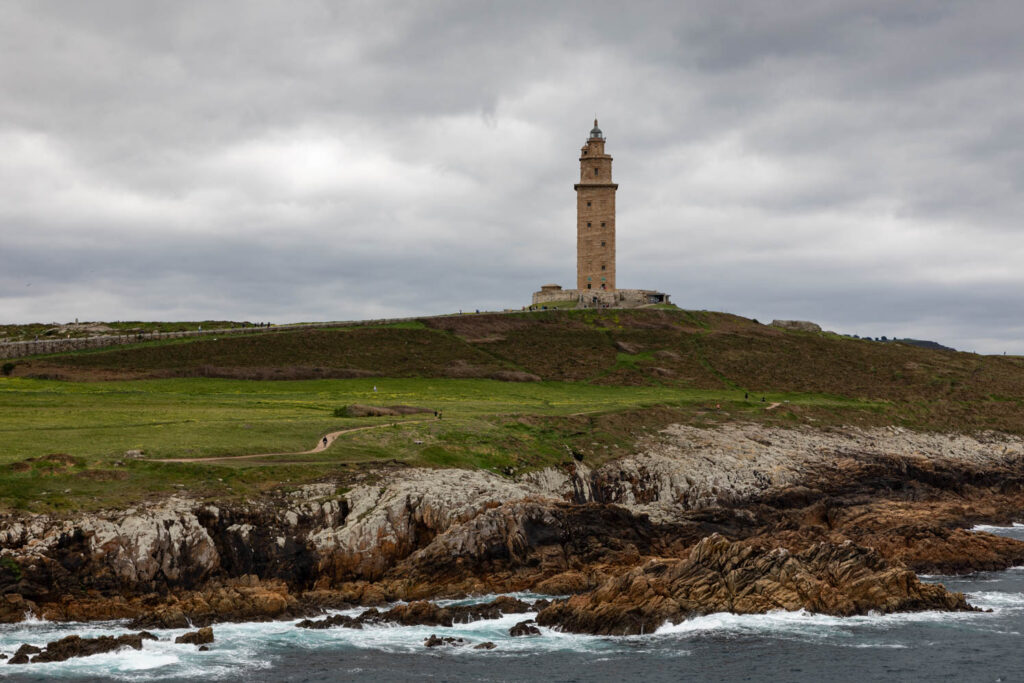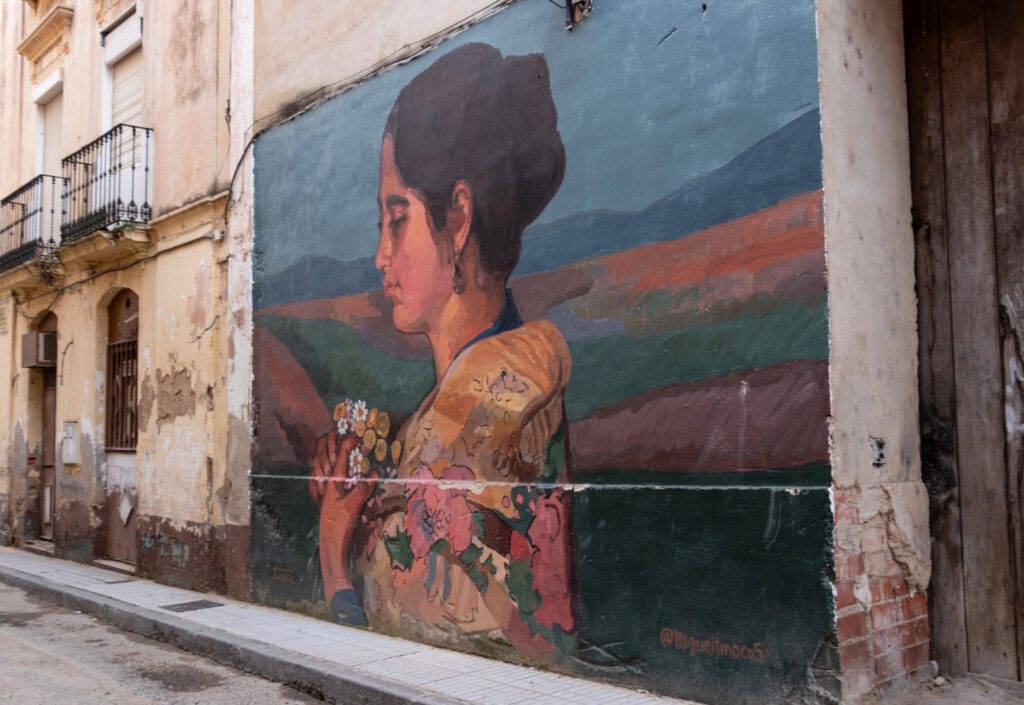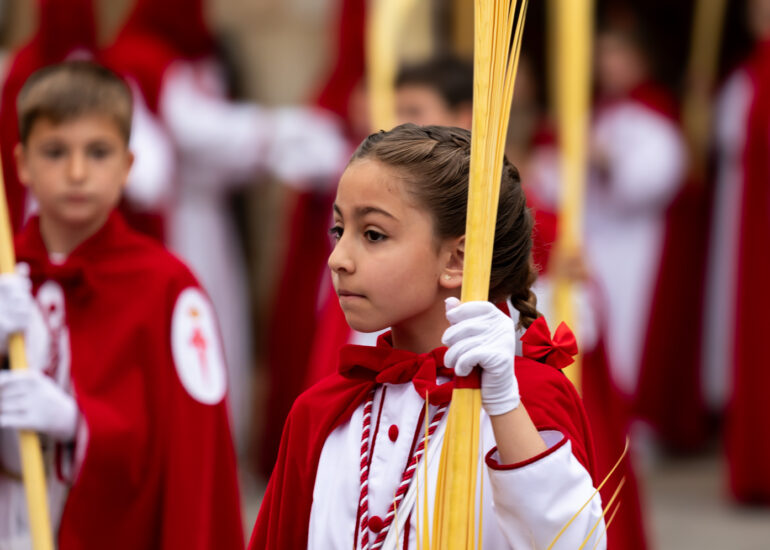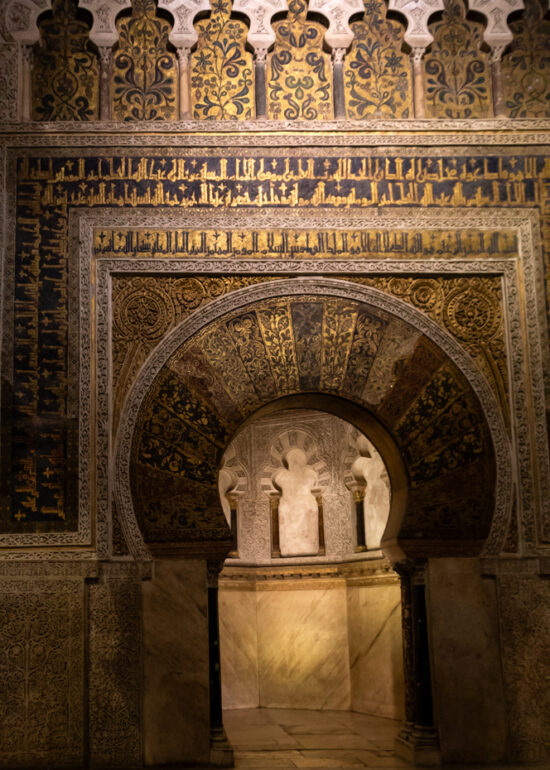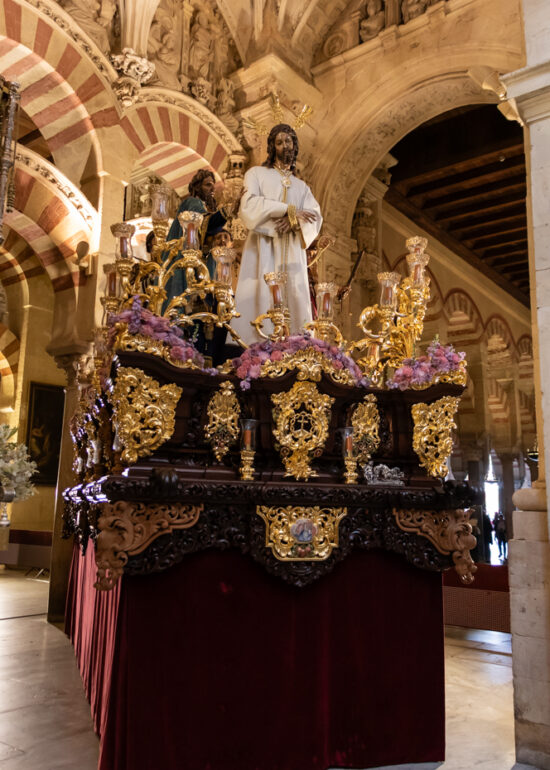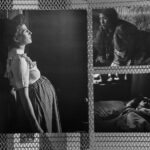Travelogue Spain and Portugal 2024
travelogue
Spain and Portugal 2024
When we left Zeeland, we didn’t have a definite plan. However, it was certain that we would go to Spain and Portugal. Due to the bad weather, it would be a shorter trip than we initially planned, but still it turned out to be a beautiful and special trip. We hope to continue the journey in the not-too-distant future.
We drove about 6,000 km during this trip.
Photo series
Route
- Zeeland (NL) – Buchy (FR)
- Buchy (FR) – Pissos (FR)
- Pissos (FR) – Cóbreces (ES)
- Cóbreces (FR) – San Vincente de la Barquera (ES) – Cóbreces (ES)
- Cóbreces (ES) – Mirador del Fito (ES) – Candás (ES)
- Candás (ES) – Avilés (ES) – Foz (ES)
- Foz (ES) – Mondoñedo (ES) – A Coruña (ES)
- A Coruña (ES) – Pontevedra (ES)
- Pontevedra (ES) – Cais de Bico (PT)
- Cais do Bico (PT) – Torreira (PT) – Aveiro (PT) – Cais do Bico (PT)
- Cais do Bico (PT) – Coimbra (PT)
- Coimbra (PT) – Conimbriga (PT)
- Conimbriga (PT) – Batalha (PT)
- Batalha (PT) – Alcobaça (PT) – Chamusca (PT) – Constãncia (PT)
- Constãncia (PT) – Viana de Alentejo (PT) – Alvoto (PT) – Baragem do Alvito (PT)
- Baragem do Alvito (PT) – Saō Cucufate (PT) – Badajoz (ES)
- Badajoz (ES) – Mérida (ES)
- Mérida (ES) – Zafra (ES) – Córdoba (ES)
- Córdoba (ES) – Cabra (ES)
- Cabra (ES) – Riaza (ES)
- Riaza (ES) – Pissos (FR)
- Pissos (FR) – Broglie (FR)
- Broglie (FR) – Zeeland (NL)
Map of Spain and Portugal with photo locations
Highlights of our trip
Please note that if you click on the green name above each paragraph you will be directed to the photo’s of the pertinent region on SmugMug, where the photos are incorporated.
Spain
Cóbreces
Cóbreces is a nice village. The reason why we mention it as a highlight is that Cóbreces is located in a very nice area for hiking. On the north side is the sea with spectacular cliffs and to the south the white snow-capped Picos de Europa. We took a big walk along the cliffs. We also made a nice ride on the AS-114 from Panes to Cangas. And we went to the Mirador del Fito, which according to Rik Zaal is the nicest viewpoint in Spain and one of the most beautiful. I agree with him. Especially since we were there with clear weather, sun and snow on the Picos de Europa.
Avilés
Admittedly, Avilés is an industrial city with a lot of ugliness on the outside. But we were surprised by the beautiful old city centre. Lively, beautiful old buildings and along the houses, in many streets, arcades. But also, beautiful squares, e.g. the Plaza de España and a large city park, Parque Ferrara.
We had come to Avilés for the Centro Cultural Oscar Niemeyer. Beautiful, playful architecture by the Brazilian Oscar Niemeyer. The Michelin guide described it aptly:
“The complex stands out from the surroundings with the port and industry. The huge promenade and the various buildings (the dome, the tower with saucer and hard egg) stand out in stunning white against the blue sky and stand out in an environment where blast furnace shafts, construction cranes, chimneys and masts are located”.
On a previous trip we visited the Basilica de San Martin de Mondoñedo. We had not visited the village itself. We strolled through the village and visited the imposing cathedral. We found the frescoes in the cathedral sinister. The village and the Basilica are definitely worth a visit.
A Coruña
A Coruña is a decent city with approx. 250.000 inhabitants. I think the most beautiful part of the city is the port, the Dársena de la Marina, with its famous harbour front. There is a whole row of nineteenth-century buildings, whose facades, four or five stories high, consist entirely of glass bay windows. A Coruña owes its nickname Cindad Cristal (the city of glass) to this.
We strolled through the old town, but we found the area near the harbour the most attractive.
We couldn’t leave A Coruña and not visit the Torre de Hércules. The Torre de Hércules is the pride of the city. It is the oldest functioning lighthouse in the world. It was built by the Romans in the second century AD. We took a tough walk, along the cliffs and around the lighthouse.
Portugal
Laguna de Aveiro
At Cais do Bico we have also stayed with our camper in the past. A beautiful place at the water, the Laguna de Aveiro. Cais do Bico is located opposite Aveiro.
In the harbour are the traditional moliceiros, flat-bottomed boats with a bow curled upwards, painted with naïve motifs in bright colours and used to collect seaweed in the Rio d’Aveiro. The motifs of the panels are very diverse with religious and historical representations, as well as work and daily life. Many Moliceiros have motifs of an erotic nature.
We stayed here for two nights. We made a trip along the Laguna de Aveiro to Torreira. The lagoon is beautiful, and it is a paradise for birds, especially storks. In Aveiro we wanted to see the station, the estaçäo of Aveiro. The station has been expertly restored and has beautiful azulejo tableaux on the exterior and interior walls. We also drove to Costa Nova, but we found it too crowded and returned to Cais do Bico.
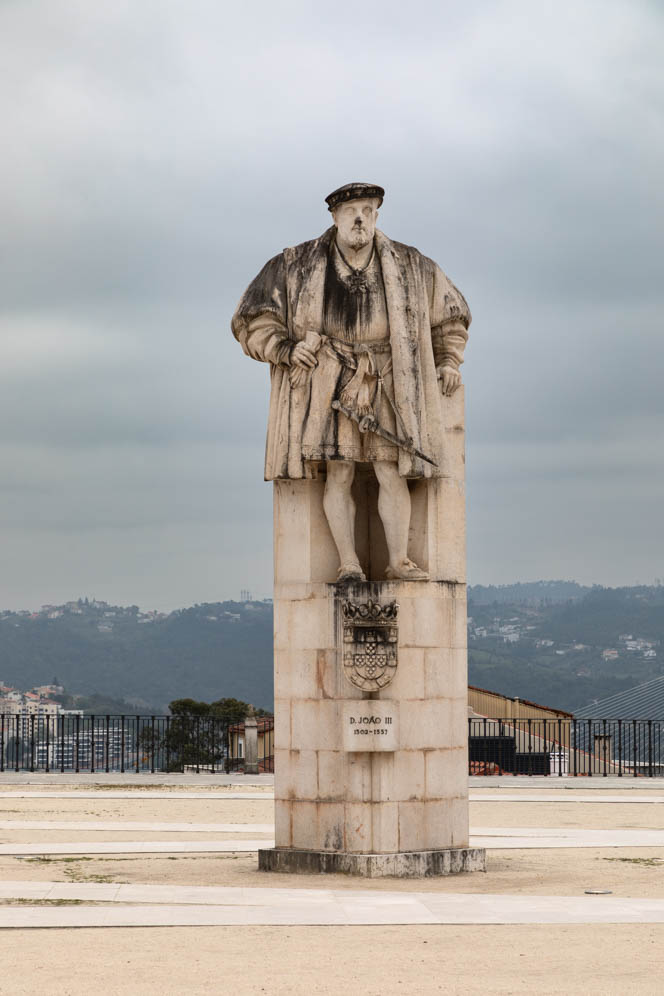
Coimbra
We walked for about four hours through the old town of Coimbra. We thought it was a nice city. Beautiful old churches, attractive shopping streets, narrow streets, alleys and staircases. Due to the height differences, there are often nice vistas.
Coimbra is enclosed between hills on the Mondego. It was once the capital of Portugal. Coimbra is a renowned university city. The venerable university stands at the top of the Alcáçova, a hill from where alleys wind down to the lower town, where pretty squares provide open spaces. The university is housed in the former palace of King John III. It is an impressive complex, beautifully situated. It has been on the UNESCO World Heritage List since 2013.
Coimbra is also known for Fado.
Conimbriga
The ruins of Conimbriga, a Roman city that flourished until the 5th century, lie on a triangular rock between two deep valleys. Its well-preserved mosaics are among the most beautiful in the Iberian Peninsula.
The mosaic floors are certainly beautiful, the ruins themselves are not special to me. The museum is interesting though, because quite a lot of old objects have been found.
Mosteiro da Batalha
The Mosteiro da Batalha is a monastery in the town of Batalha. In 1386, King John I ordered the monastery to be built, after the Portuguese had defeated the Castilians at the Battle of Aljubarrota (batalha means “battle”) the year before. The monastery is officially named after the Blessed Virgin Mary because of this victory (in Portuguese vitória). The building is one large work of art and contains many elements of the Portuguese late Gothic style, the Manueline style. Since 1983, the Monastery of Batalha has been a UNESCO World Heritage Site. It has been a national monument since 1910. In addition, in 2007 it was named one of the Seven Wonders of Portugal.
I personally think it is a sign of megalomania on the part of monarchs to build something like this over the backs of the poor civilian population.
Alcobaça
In Alcobaça we visited the Mosteiro de Santa Maria. The almost 220 m long monastery consists of three main buildings:
- the church, with a 43 m high façade
- The north wing with the king’s apartments
- the south wing with the abbot’s and monks’ quarters
The church is the largest in Portugal. Although I am a bit sceptical how these buildings came about, it is on the other hand impressive when you walk through these spaces that are so colossal and full of splendour.
Villa Romano de São Cucufate
Excavations have uncovered the ruins of a Roman villa belonging to a landowner from the 4th century. On the south side are the remains of a temple. In the Middle Ages, the northern part of the villa was converted into a monastery; Frescoes can be seen in the church.
Spain
Badajoz
Badajoz has about 150.000 inhabitants. It is the largest city in Extremadura. Although several travel guides are not positive about Badajoz, we are. We strolled through the city for about four hours. It was the Saturday before Semana Santa, therefore it was very busy. It was a warm evening and the terraces were full and southern Europeans love to parade through the streets. The shopping streets are fun to stroll through. There are beautiful squares, such as the Plaza Alta, the Plaza España and the Plaza de la Soledad. From the higher Parque de la Alcazaba you have a beautiful view of Badajoz. In the vicinity of Plaza Alta, we discovered interesting wall paintings.
Mérida
Mérida is the capital of Extremadura and has about 60.000 inhabitants. The city is located on the Guadiana River. We walked along the river, up to the Puente Romana, to the old town. We first visited the modern beautiful Museo Nacional de Arte Romano. What a wealth of antiquities. Statues, jewellery, vases, coins and mosaics. Then we visited the Anfiteastro. They are actually two theatres built against each other. Impressive, it reminded me of the Forum in Rome.
We also strolled through the streets. We got memories of Athens when we got to the Templo de Diana. The Plaza de España was extremely busy. It was Palm Sunday and we heard that there would be a procession that would start at the Concatedral de Santa Maria. That was a gift to experience. Unfortunately, one of us had to go to the camper, because the crowds were too intense for the dogs. I was the lucky one who got to stay this time. Thousands of people had gathered. I had a good place opposite the cathedral. It was a feast to watch the people and the procession, in which many children, but also the elderly, participated in colourful red clothing. When the statues of Jesus and Mary and donkeys were carried out of the church, great applause rose from the crowd.
For me, it was a special event that made a big impression on me. I was reminded of Gaza, where innocent children are being killed, while here the children were walking so peacefully and cheerfully and proudly in the procession.
Córdoba
Córdoba is a city in Andalusia in southern Spain. It is the capital of the province of Córdoba. The city is located at 122 meters above sea level, on the Guadalquivir River and at the foot of the Sierra Morena Mountain range. It is the warmest city in Europe: the temperature regularly rises above 35 °C every year. We were not lucky with the weather; it was sunny but also quite often the rains pooring down. We grant Cordoba to have the rain.
The first day we started with a walk through the Juderia, the old Jewish quarter, and then we strolled criss-cross through the city. The Juderia is now a beautiful typical Andalusian neighbourhood with narrow streets, small squares and white houses. We entered Bodega Guzmán, with a real bull stud table. I also went to the Museo Taurino, according to Rik Zaal one of the most beautiful bull museums in Spain. Of the squares in Cordoba, we found the Plaza del Potro to be the loveliest. This square is also home to the Museo de Julio Romero de Torres. The Plaza de la Corredara is also special. It is a huge square, where bullfights used to be held, heretics executed and markets took place there.
Processions were also taking place in Cordoba this week, Semana Santa. We saw a lot of “nazarenos” (penitents), with their “capirote” (pointed hats) on.
The second day, Yvonne was the lucky one to visit the Mezquita. Because of the Easter crowds, I couldn’t get a ticket for that day. The Mezquita was the model for the Spanish Muslim architecture for the following centuries. The Emir Abd Ar-Rahman I began the construction of an impressive mosque in 785, the third largest in the world at 23,000 m2. The structure shows traces of Moorish, Roman, Byzantine, Syrian, Persian and Gothic elements. After a walk over the Roman bridge over the Guadal River, we left Cordoba. We will return to this beautiful city.
Riaza
Last year we were also in Riaza. At that time, the annual construction of the bullfighting arena on the central square, the Plaza Mayor, in the middle of the town, was in progress. Now it was the familiar Plaza Mayor again, not the bullring, although the middle of the square is permanently covered with sand.
We were there on Maundy Thursday, Jueves Santo. There was a service in the church and then a procession. The village was overflowing, but it was a bit of a poor procession compared to Mérida. It was also bitterly cold in Riaza. There was snow on the mountains and when we left the next morning it was snowing quite a bit.
Travel guides
This time we took only travel guides in the Dutch language. The Michelin guides are also printed in English.
- Spanje, een reisgids – Rik Zaal
- De Groene Reisgids Midden-Spanje van Michelin
- De Groene Reisgids Noord- Spanje van Michelin
- De Groene Reisgids Portugal van Michelin
- Extremadura – Pieter Jan van der Linden
- Camperreisgids Noord-Spanje van camperreisgids.nl
- Camperreisgids Zuid-Spanje van camperriesgids.nl
- Camperreisgids Portugal van camperreisgids.nl
Comments are closed.

